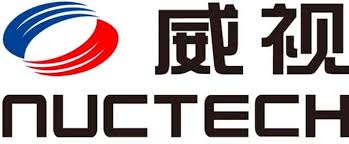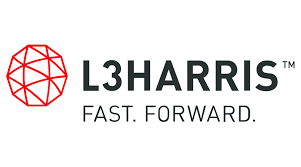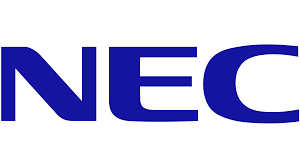Schiphol Airport Security – New Screening Technologies Designed to Improve Passenger and Luggage Screening
Check out our latest research on this topic: X-ray Baggage, Cargo, People, Container & Vehicle Screening Systems: Global Market – 2016-2021
Schiphol airport’s security R&D department is working with vendors and security experts on several pilot projects designed to improve security, reduce cost of screening, improve customer experience and streamline operations.
The projects that are not classified include a new self service luggage check-in unit, improved monitoring of people and baggage, and new people screening systems.
One of the more visible signs of these new projects is the total gradual redesign of checked-in luggage facilities. The new system, which is undergoing tests, includes a self service luggage check-in facility. This is a cavernous system that “swallows” the passengers’ suitcases, saving the airline agents the need to heft, weight and tag each suitcase as they ticket the passenger. In order to avoid unfortunate situations, the new luggage check-in system includes special sensors designed to detect the presence of living humans/animals in the luggage. If the pilot succeeds, the centralization and self-service orientation of the new system will enable a total redesign of the agent’s counters, saving much needed space.
According to airport officials, the current cost of screening a passenger (including checked luggage and hand baggage) is about $7.00. This cost is covered by various fees and levies that are attached to the cost of each airline ticket. Aviation security is privileged in this sense because the ratio between an average plane ticket and the cost of security is such that users (passengers) raise little or no objections to financing their own security through added fees. If the same policy would be tried in rail transportation, for example, it is reasonable to assume that passengers will not be as accommodating to the added security fees.
One of the areas facing large expansion at Schiphol is that of security cameras (CCTV). Currently there are about 1200 video cameras around the airport, monitoring people and luggage throughout the three terminals. Over the next two years, the airport’s security managers plan to increase the number of cameras to about 4,000. This will create a situation where no area in the airport will not be covered by cameras.
Behavioral profiling is another area of experimentation that Schiphol is investing in substantially. Hundreds of uniformed and undercover security agents monitor passengers and luggage throughout the airport around the clock; many of them undergo behavioral profiling training and practice their newly acquired skills as they patrol the terminals.
Schiphol’s latest people screening pilot project includes 15 units of SecuriScan mm wave threat detection portals by L3 Communications. These portals are tested extensively, and so far, the airport is satisfied with the results despite several problems.
On the plus side, the portals appear to be working consistently, delivering a constant screening throughput of about 3.5 passengers/minute (about 210 passengers/hour). The portals are simple to operate and passengers seem to understand how to behave during the screening without much coaching; actually, the entire process is pretty self explanatory, as the place to stand is marked clearly on the portal’s floor. The operator, standing at the portal’s exit point, guides each passenger to lift her/his arms up to allow under arm screening. The entire process takes about 2 seconds. The rest of the time is spent waiting for the screener (working in a nearby secluded booth) to observe the resultant pictures and make a judgment. Portal operator and screener communicate by radio, and the operator seems to be quite adept at managing the flow of passengers while communicating with the screener.
On the minus side, false alarm rates at this point are very high (about 50%). This is mainly due to the fact that people do not yet understand that they should empty their pockets completely before entering the portal. Small objects around the body and in pockets appear quite clearly on the black and white pictures. Enough pictures are taken to allow a rotating video-like display, making the screener’s job easier.
Another potential problem (most probably in the U.S. ) is the visibility of human genitalia on the screened images. Even though the face of the screened individual is completely obscured, the remaining visible genitalia is certain to evoke objections in U.S. operations.
The airport’s security R&D department is working on automating the process, through software modifications and “grouping” of screening functions, so that a single screener will be able to service several portals. Such a move will bring about considerable reduction in the cost of screening, and will make the entire process much more cost effective.
Another effort of the local R&D department is to fuse multiple threat screenings into a single operation, combining, for example metal detection, trace detection and mm-wave screening into a single portal. The department is also working with several vendors on “Open Space” screening modes, though according to department officials, “there is a long way to go” before such modes of threat detection are deployed operationally at the airport.














